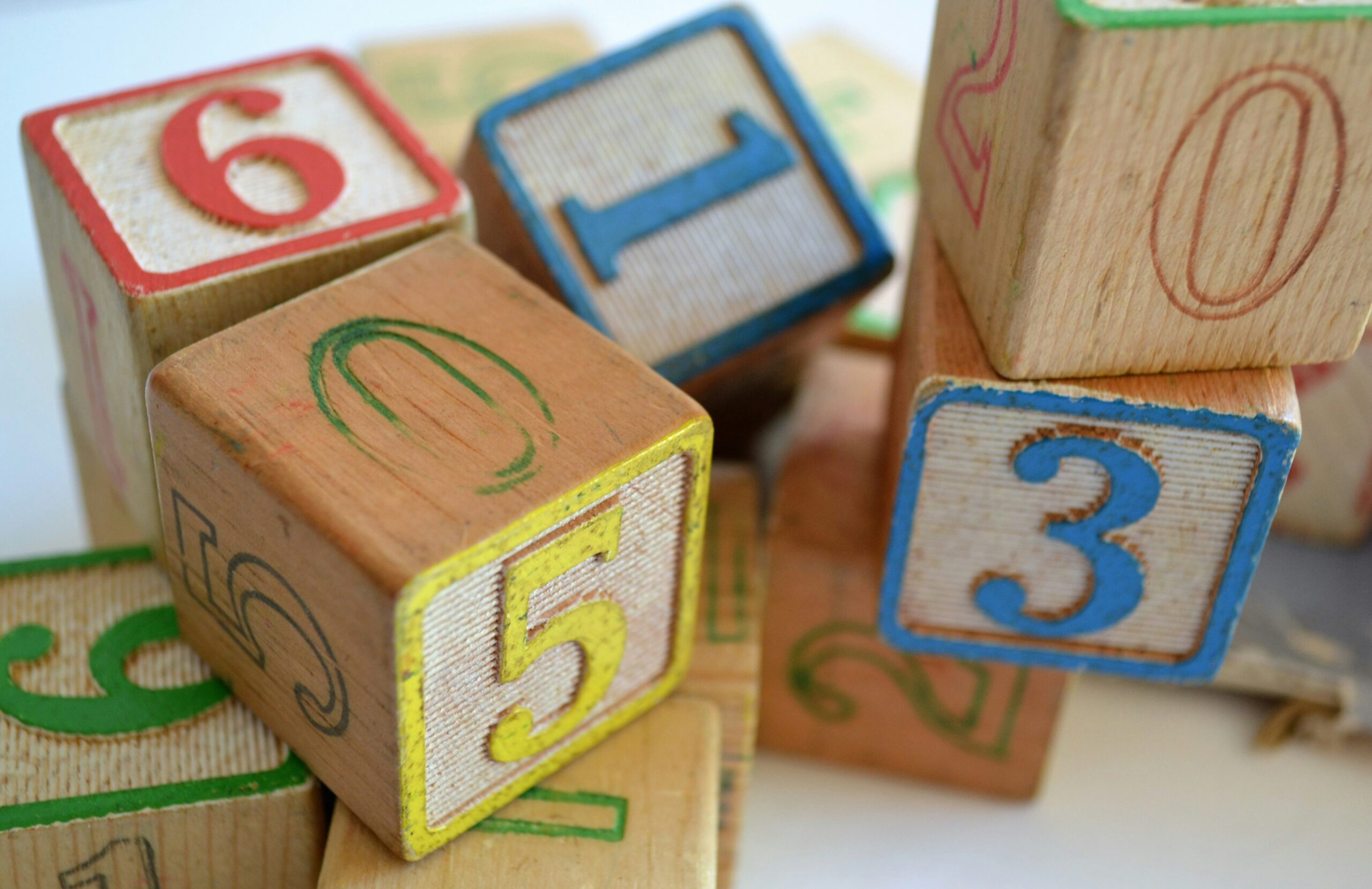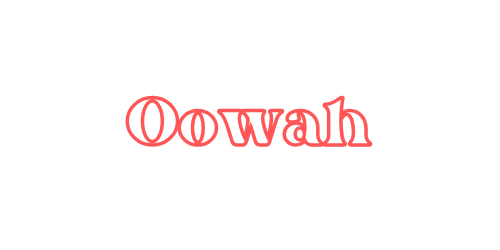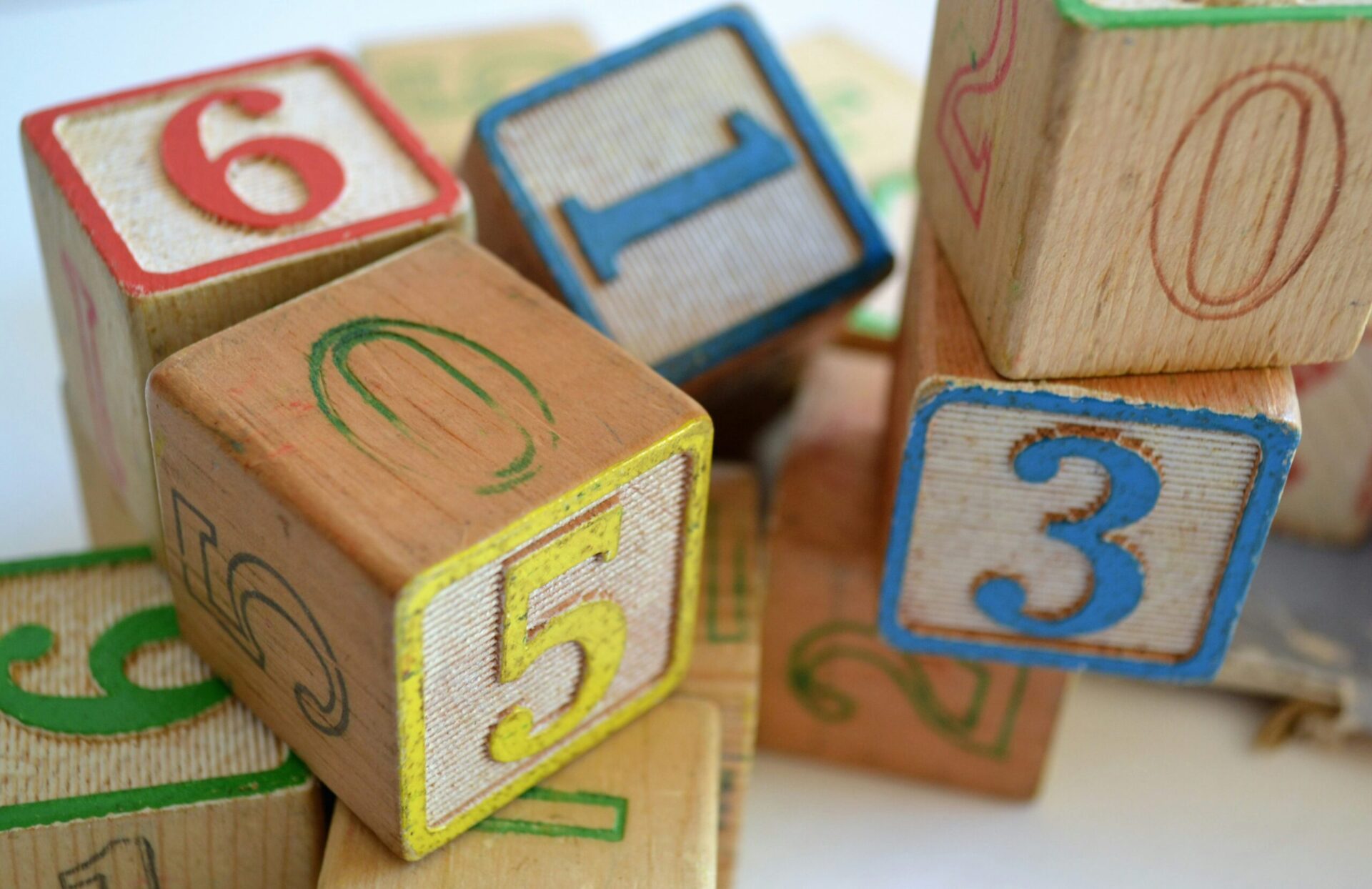
Japanese Numbers
Numbers are an essential part of any language, and learning Japanese numbers is crucial for daily conversations, shopping, telling time, and more. This guide will help you understand the Japanese number system, pronunciation, and usage.
The Japanese Number System
Japanese uses two main numbering systems:
- Sino-Japanese Numbers (On’yomi) – Used for counting, dates, prices, and large numbers.
- Native Japanese Numbers (Kun’yomi) – Used mainly for counting specific objects (e.g., people, days, and age).
Basic Japanese Numbers (1–10)
| Number | Sino-Japanese | Native Japanese |
|---|---|---|
| 1 | 一 (いち, ichi) | ひとつ (hitotsu) |
| 2 | 二 (に, ni) | ふたつ (futatsu) |
| 3 | 三 (さん, san) | みっつ (mittsu) |
| 4 | 四 (し / よん, shi / yon) | よっつ (yottsu) |
| 5 | 五 (ご, go) | いつつ (itsutsu) |
| 6 | 六 (ろく, roku) | むっつ (muttsu) |
| 7 | 七 (しち / なな, shichi / nana) | ななつ (nanatsu) |
| 8 | 八 (はち, hachi) | やっつ (yattsu) |
| 9 | 九 (く / きゅう, ku / kyuu) | ここのつ (kokonotsu) |
| 10 | 十 (じゅう, juu) | とお (too) |
💡 Tip: Use yon (よん) instead of shi (し) and nana (なな) instead of shichi (しち) because “shi” sounds like death (死) and “shichi” can be unclear in pronunciation.
Counting Beyond 10
Counting follows a logical pattern:
- 11 = 十一 (じゅういち, juuichi) → 10 + 1
- 20 = 二十 (にじゅう, nijuu) → 2 × 10
- 100 = 百 (ひゃく, hyaku)
- 1,000 = 千 (せん, sen)
- 10,000 = 万 (まん, man)
Large Numbers in Japanese
Japanese numbers increase in units of 10,000 instead of 1,000:
- 100,000 = 十万 (じゅうまん, juuman)
- 1,000,000 = 百万 (ひゃくまん, hyakuman)
- 10,000,000 = 千万 (せんまん, senman)
- 100,000,000 = 一億 (いちおく, ichioku)
How to Use Japanese Numbers in Everyday Life
Telling Time
- What time is it? → 今何時ですか?(Ima nanji desu ka?)
- 3:00 → 三時 (さんじ, sanji)
- 7:30 → 七時半 (しちじはん, shichiji han)
Shopping & Prices
- How much is this? → これはいくらですか?(Kore wa ikura desu ka?)
- ¥1,500 → 千五百円 (せんごひゃくえん, sengohyaku en)
Counting People & Objects
- One person → 一人 (ひとり, hitori)
- Two people → 二人 (ふたり, futari)
- Three or more people → 三人 (さんにん, sannin)
Common Mistakes to Avoid
- Mixing Up 4 & 7 – Use “よん (yon)” and “なな (nana)” to avoid confusion.
- Forgetting the 10,000 Rule – Unlike English, Japanese counts in ten-thousands.
- Mispronouncing 100 & 1,000 – Be careful with:
- 300 = さんびゃく (sanbyaku) (not “san hyaku”)
- 600 = ろっぴゃく (roppyaku) (not “roku hyaku”)
- 3,000 = さんぜん (sanzen) (not “san sen”)
Conclusion
Understanding Japanese numbers is essential for daily life in Japan. With practice, you’ll easily recognize numbers in prices, time, and conversations. Keep practicing, and soon you’ll count in Japanese effortlessly!

